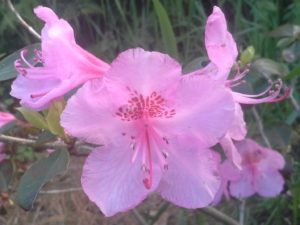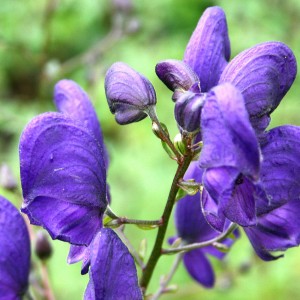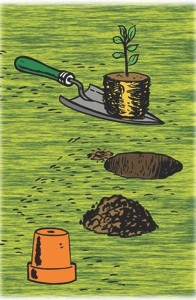Annual Plant Sale
Saturday, May 17, 2025
Glen Abbey United Church
1469 Nottinghill Gate
 This is the Plant Sale anticipated by all gardeners of the Oakville and surrounding area. Offering great plants, these locally grown plants are proven performers in our member’s gardens so you know your purchases grow well in this area. Wondering which plants will do well in your garden? Just ask one of our members for hints and tips to successfully find the plants that suit your location and conditions. Also on site will be representatives from the Halton Master Gardeners. Don’t be afraid to ask for help, gardeners love to offer advice to fellow gardeners
This is the Plant Sale anticipated by all gardeners of the Oakville and surrounding area. Offering great plants, these locally grown plants are proven performers in our member’s gardens so you know your purchases grow well in this area. Wondering which plants will do well in your garden? Just ask one of our members for hints and tips to successfully find the plants that suit your location and conditions. Also on site will be representatives from the Halton Master Gardeners. Don’t be afraid to ask for help, gardeners love to offer advice to fellow gardeners
At the sale you will find many perennials for your garden. Depending on the donations from the members gardens you may find Artemesia… Astilbe… Lady’s Mantle… Columbine… Cranesbil… Geranium… Bleeding Heart… Lamb’s Ear… Coral Bells… Primula… Phlox… Sedums… Siberian Iris… Hosta… Daylily… Black Eyed Susan… Ferns (all kinds)… Purple Cone Flower… Fall Asters… Hens and Chicks… Ornamental Grasses… Monkshood… Solomon’s Seal… Mums… Shasta Daisy… Sweet Woodruff… Ajuga… Asters… Japanese Anemone… Bellflower… Delphinium… Herbs… Lavender… and lots more.
members gardens you may find Artemesia… Astilbe… Lady’s Mantle… Columbine… Cranesbil… Geranium… Bleeding Heart… Lamb’s Ear… Coral Bells… Primula… Phlox… Sedums… Siberian Iris… Hosta… Daylily… Black Eyed Susan… Ferns (all kinds)… Purple Cone Flower… Fall Asters… Hens and Chicks… Ornamental Grasses… Monkshood… Solomon’s Seal… Mums… Shasta Daisy… Sweet Woodruff… Ajuga… Asters… Japanese Anemone… Bellflower… Delphinium… Herbs… Lavender… and lots more.
Come early for best selection. Remember to bring boxes to carry your purchases.
For further information and or comments on the plant sale email:
plantsale.ohs@oakvillehort.org
Tips for the Gardener
Do your research, ask lots of questions — get to know your plants behaviour (aggressive, fussy, bloom times, sun/shade, etc) before you buy.
Too many colours can be overwhelming. Add some foliage to give your eyes “somewhere
 to rest.” To get an idea of how your garden will look, place the plants, still in their pots, in the positions you want. When you are satisfied with the look, plant them.
to rest.” To get an idea of how your garden will look, place the plants, still in their pots, in the positions you want. When you are satisfied with the look, plant them.
For impact group plants in threes, then repeat throughout the bed.
Cool colours (blue, purple, green) make the garden appear calm and peaceful, but will get lost if planted behind warm coloured (red, yellow, orange) plants.
Perennial beds often look bare the first year or two. Try filling the spaces with annuals.
Add some native plants to your garden. They tend to be less fussy, more likely to survive when planted in the correct conditions. Native plants also have the added benefit of providing food and/or shelter to the local wildlife.
Tips for the Planting
Get to know your soil — is it sandy or is it clay? Form a ball in your hand; if it readily falls apart you have more sand, if it stays a lump, you have clay.
Clay soils will not drain so there is a danger to root rot, where as a sandy soil will drain too quickly drying out the roots.
When planting, mix your soil with a good supply of composted soil. This helps to open up the clay and to keep moisture in the sand.
Dig your planting hole about twice the size of the plant in the pot.
Create a mound at the bottom of the hole for the plant to sit upon. You want to keep the soil level to the same as it is in the pot.
Fill the hole with your mixed soil and water well.
You will need to keep the soil moist to help the roots establish. Don’t forget to lightly feed your new plan
Further information/guidance on the plant sale email:
plantsale.ohs@oakvillehort.org
Thank you to all the volunteers who contributed their time and or their fantastic plants to make previous sales a great success.
